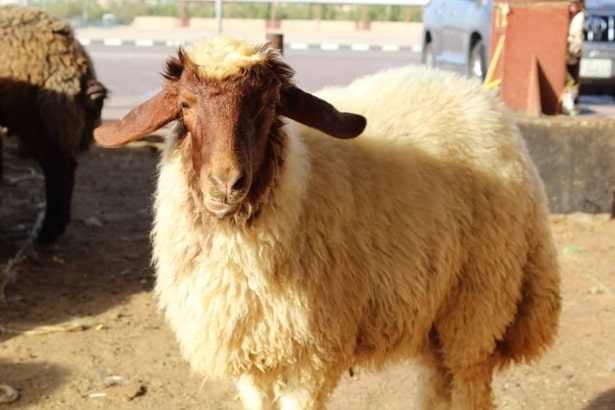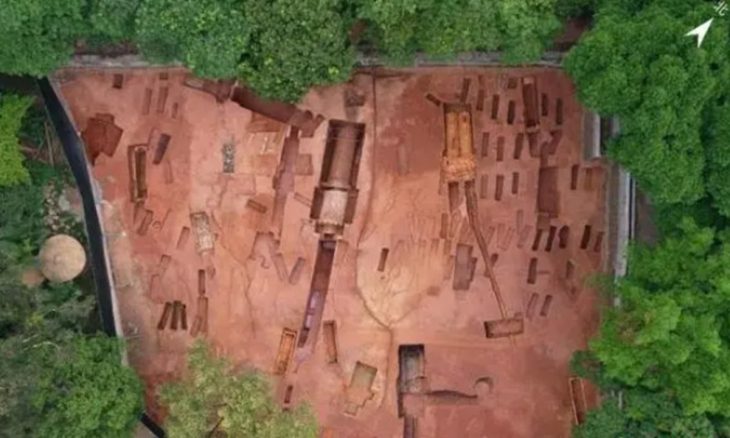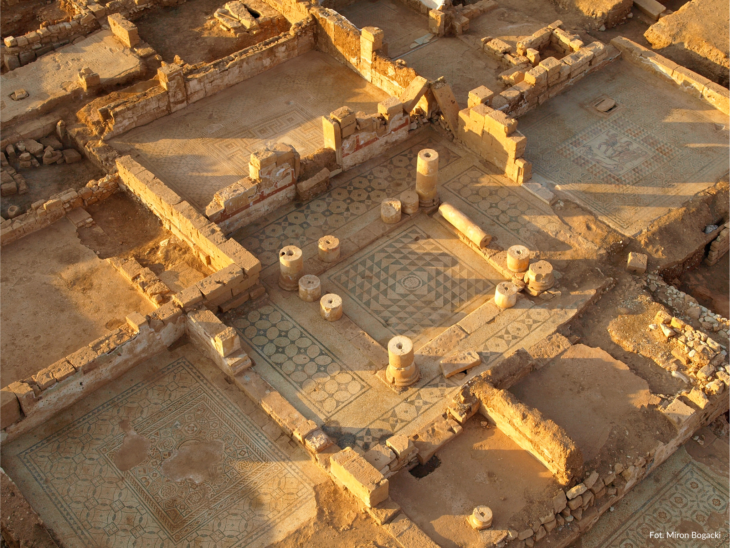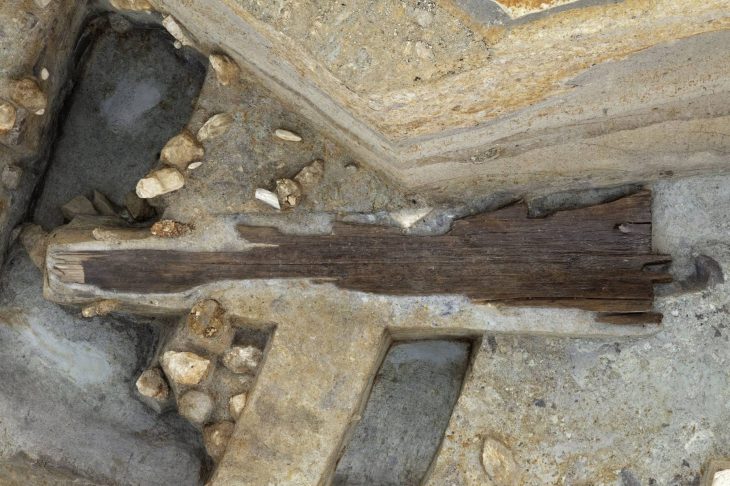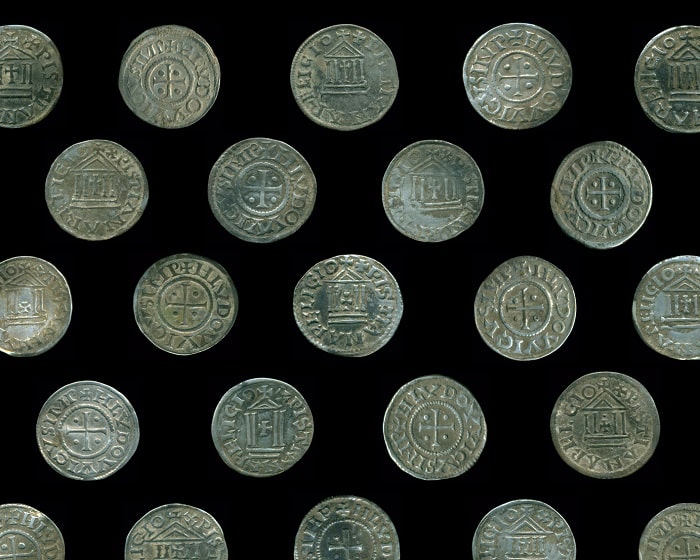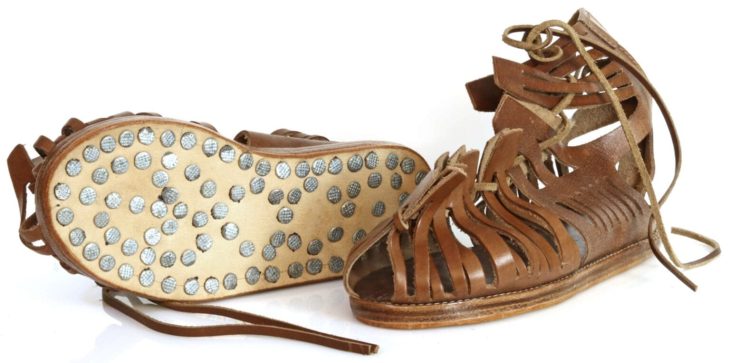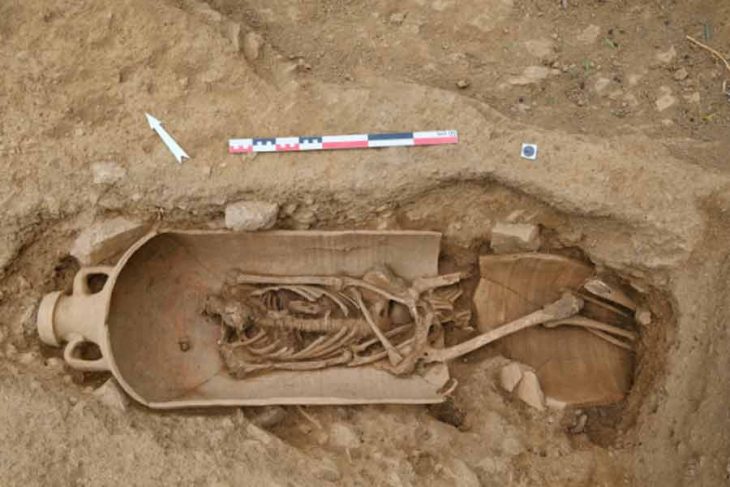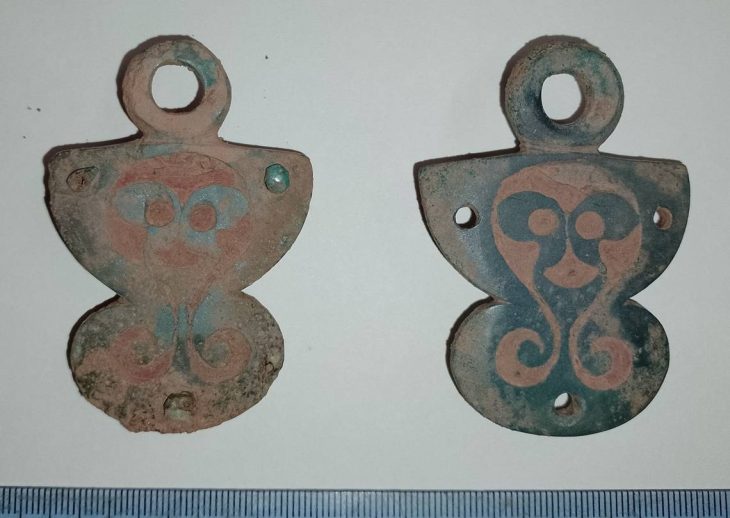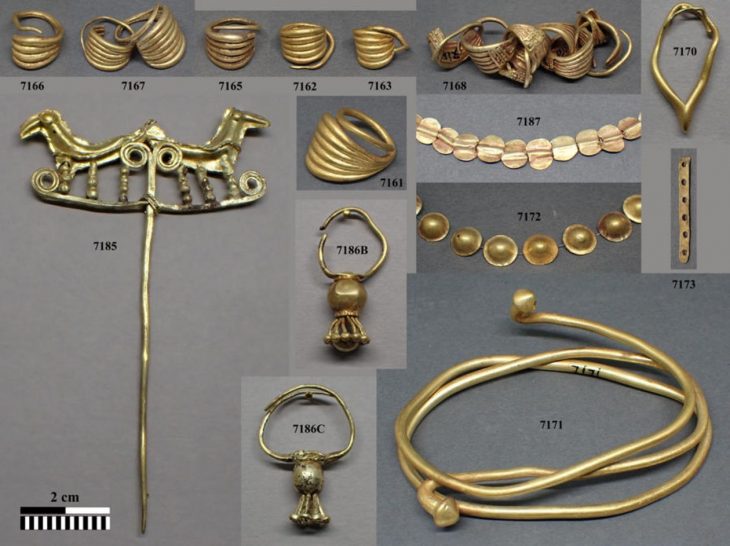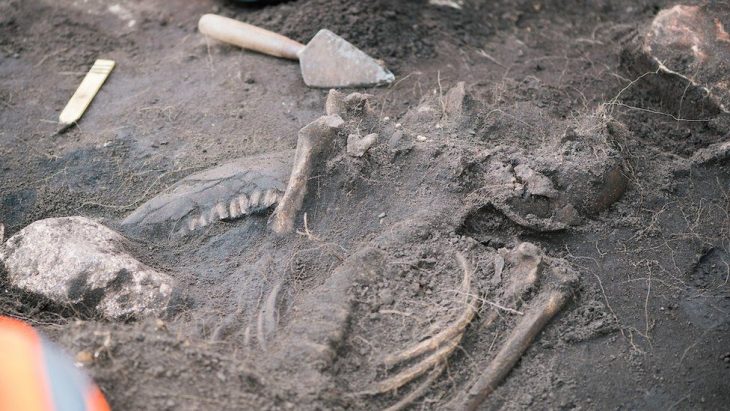A multinational team of geneticists and archaeologists sequenced the DNA from a 1,600-year-old sheep mummy discovered from Chehrabad, a salt mine in Iran.
This unique specimen has revealed ancient Near Eastern sheep husbandry techniques and highlighted how natural mummification might impact DNA degradation.
Research results were just published in the peer-reviewed international journal Biology Letters.
The Chehrabad salt mine is notable for preserving biological material. The new research confirms that this natural mummification process – where water is removed from a corpse, preserving soft tissues that would otherwise be degraded – also conserved animal remains.
The Trinity geneticist-led research team took advantage of this by extracting DNA from a tiny slice of mummified flesh from a leg discovered in the mine.
While most old DNA is damaged and fragmented, the researchers discovered that the DNA from the sheep mummies was exceptionally well preserved, with longer fragment lengths and less damage than one would expect from such an ancient period. According to the researchers, this is due to the mummification process, with the salt mine offering perfect conditions for the preservation of animal tissues and DNA.
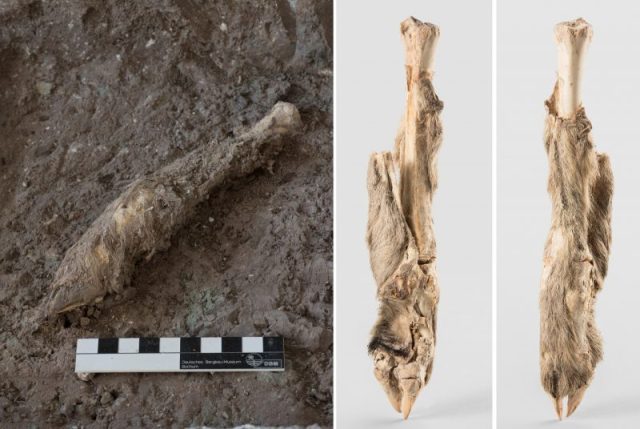
The mummified animal was genetically identical to contemporary sheep varieties from the region, which suggests that sheep ancestors had been present in Iran since at least 1,600 years ago.
“Mummified remains are quite rare so little empirical evidence was known about the survival of ancient DNA in these tissues prior to this study,” says Conor Rossi, a Ph.D. candidate in Trinity’s School of Genetics and Microbiology, and the lead author of the paper.
“The astounding integrity of the DNA was not like anything we had encountered from ancient bones and teeth before. This DNA preservation, coupled with the unique metagenomic profile, is an indication of how fundamental the environment is to tissue and DNA decay dynamics.
The team used the animal’s DNA preservation to look at genes linked to a fluffy fleece and a big tail–two key economic characteristics in sheep. Some wild sheep have a “hairy” coat, which differs greatly from the woolly coats seen in many domestic sheep today. Fat-tailed sheep are also common in Asia and Africa, where they are valued in cooking, and where they may be well-adapted to arid climates.
The researchers created a genetic imprint of the sheep and determined that the mummy lacked the gene variation linked with a woolly coat, but fiber examination using SEM (Scanning Electron Microscopy) revealed tiny features of the hair fibers compatible with hairy or mixed coat breeds. Intriguingly, the mummy carried genetic variants associated with fat-tailed breeds, suggesting the sheep was similar to the hairy-coated, fat-tailed sheep seen in Iran today.
Dr. Kevin G Daly, also from Trinity’s School of Genetics and Microbiology, supervised the study.
“Using a combination of genetic and microscopic approaches, our team managed to create a genetic picture of what sheep breeds in Iran 1,600 years ago may have looked like and how they may have been used,” he said.
Read the original scholarly article about this research in Biology Letters.

